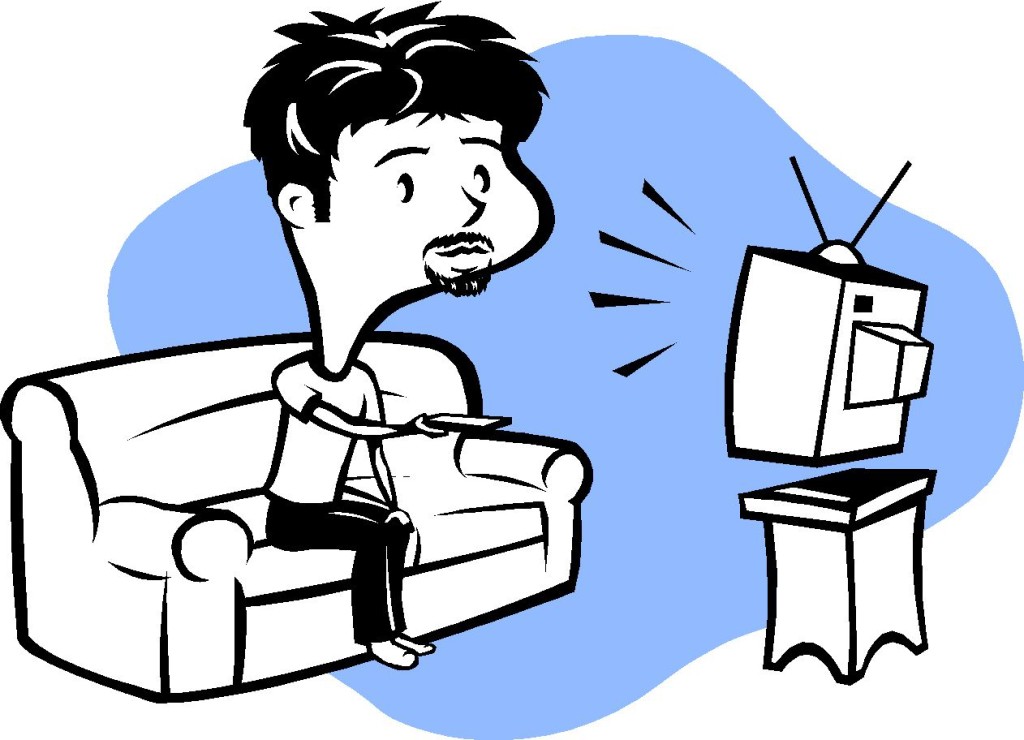Cataract & Its treatment– Everything you need to know!
What is a cataract?
The lens is a clear disc that receives light through the pupil and focuses it on the retina and
helps produce a clear image. Lens is mainly composed of water and proteins. As we age these
proteins may begin to clump together and cloud the lens. This clouding is called cataract.
What are the causes of Cataract?
Apart from age related, cataracts can also be caused by ultraviolet radiation, obesity, smoking,
eye injury, high myopia, steroid medications and family history.
What are the Symptoms of Cataract? How is cataract diagnosed?
Symptoms include blurred vision, double vision, increased glare, appearance of halos around lit
objects, and faded appearance of colors. It is diagnosed at a comprehensive eye exam.
Blurred Vision Glare at night
When should I have cataract surgery?
A cataract needs to be removed only when vision loss interferes with your daily activities, such
as driving, reading, or watching TV. You and your doctor can make this decision together. Once
you understand the benefits and risks of surgery, you can make an informed decision. In most
cases, delaying cataract surgery will not cause long-term damage to your eye. You do not have
to rush into surgery.
At times a cataract may need to be removed even if it does not cause visual problems. For
instance, a cataract extraction is necessary if it prevents examination or treatment of retinal
disorders (age-related macular degeneration or diabetic retinopathy) and Glaucoma (Lens
induced).
Why should I have cataract surgery?
Cataract-related vision loss is reversible with cataract surgery, which is one of the safest
surgeries in Ophthalmology.
What should I expect on the day of surgery?
Before surgery you will be given eye drops to dilate the pupil, the area around your eye will be
washed and cleansed and a local anesthetic maybe injected in the area surrounding your eye.
You may be offered a sedative to help you relax. Cataract surgeries generally last less than 30
minutes.
What does cataract surgery involve?
Common method used is Phacoemulsification. In this procedure the surgeon looks through an
operating microscope and makes three small incisions, less than one inch long, in or near the
cornea. An opening is made in the capsule of the lens and an ultrasound probe is used to break
the lens into tiny fragments. These fragments are aspirated out with the probe. A customized,
transparent artificial prescription lens called an intraocular lens made of silicone or acrylic
compounds, is inserted. The incisions are so small stitches are generally not required.
Is there any further advance in technique?
Femtosecond Laser Assisted Cataract surgery (FLACS) is a recent development in cataract
surgery. Femtosecond Laser is utilized to make the incisions, the opening in the lens capsule as
well as for fragmentation of the cataract nucleus. FLACS can offer greater level of precision and
to some extent can increase patient safety and outcome especially in cases like Fuch’s and
subluxated lens.
Cost of this procedure is significantly high.
What happens after the surgery?
Patient improves notably almost immediately after the surgery. After the procedure your eye
maybe patched for a day. Cataract surgery is an outpatient procedure and you can be
discharged on the same day. You can resume normal activities within a day or two. Exposure to
bright light may initially be uncomfortable, do not plan on driving immediately following the
procedure.
You may feel mild pain for a day or two which will alleviate with the eye drops and painkillers
prescribed.
Is there any alternative to surgery?
No. Don’t delay in getting an eye-exam.
Dr. Vidhi Majithia
Specialist Ophthalmology
TO know more http://bit.ly/30eGiE7
For Appointment : Call +971 4 406 3000 /02
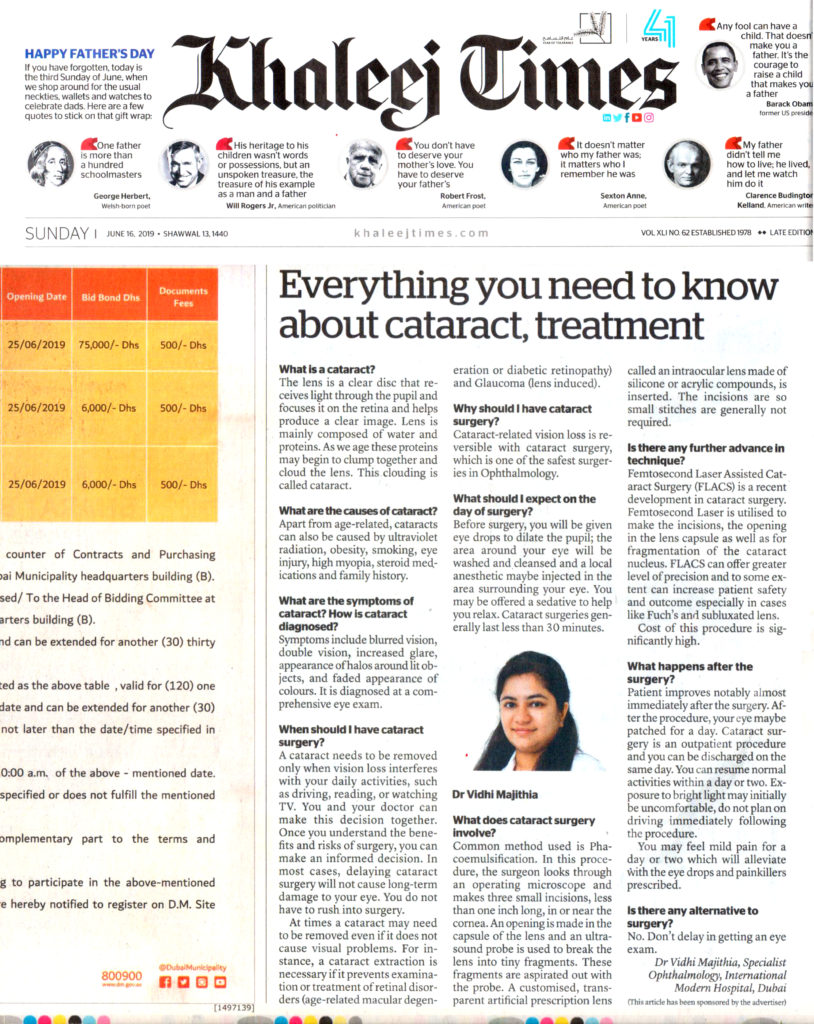
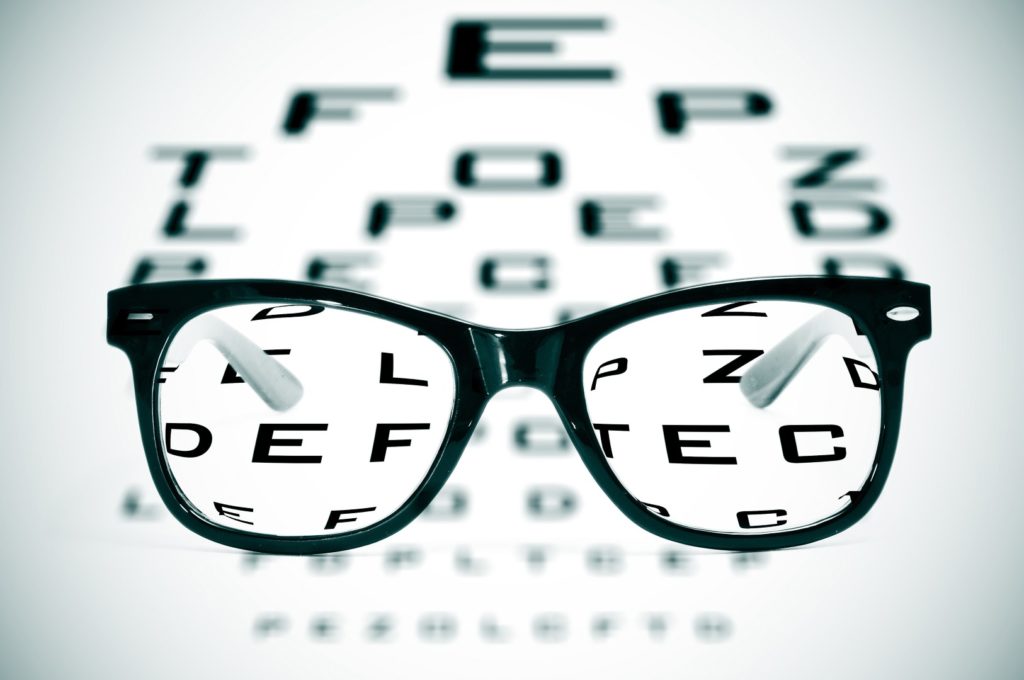
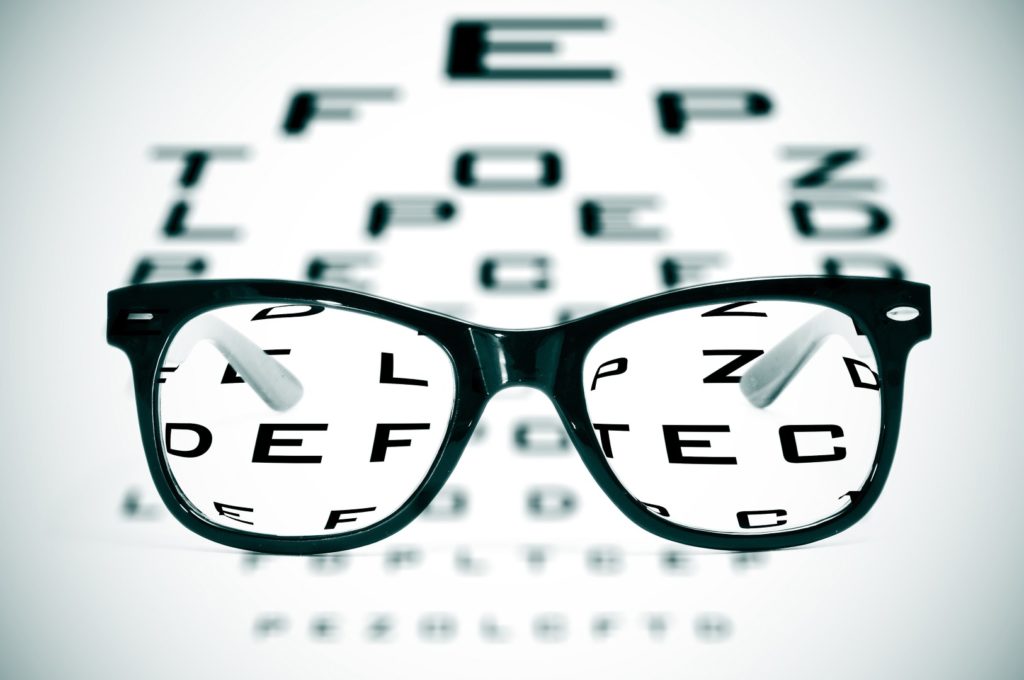
 Watch for signals of eye problems– Parents should be alert to symptoms that could indicate an eye or vision problem, such as complaints of eyestrain, headaches and squinting when reading or performing other common activities like regular rubbing of the eye etc. Other symptoms to look for include a white or grayish-white coloring in the pupil, one eye that turns in or out, or eyes that do not track in sync together.
Watch for signals of eye problems– Parents should be alert to symptoms that could indicate an eye or vision problem, such as complaints of eyestrain, headaches and squinting when reading or performing other common activities like regular rubbing of the eye etc. Other symptoms to look for include a white or grayish-white coloring in the pupil, one eye that turns in or out, or eyes that do not track in sync together.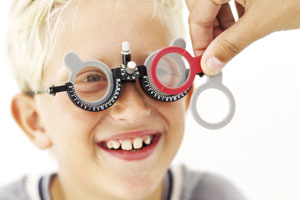 For school-age children, a vision screening, which is less comprehensive than a dilated eye examination by an ophthalmologist,can be performed by a pediatrician, family physician, nurse or trained technician during regular checkups. If the screening detects a problem, the child may need to see an ophthalmologist — an eye physician and surgeon.
For school-age children, a vision screening, which is less comprehensive than a dilated eye examination by an ophthalmologist,can be performed by a pediatrician, family physician, nurse or trained technician during regular checkups. If the screening detects a problem, the child may need to see an ophthalmologist — an eye physician and surgeon. Beware of television on hand held devices– It is now becoming more and more common for children to suffer from eye strain after staring at screens for hours and hours. This is sometimes known as computer vision syndrome. Watch out for dry, red and sore eyes. Sometimes, children may experience blurry vision and have problems with words moving on the screen because their eyes are not properly aligned. You can avoid eye problems setting in at an early age by making sure that sessions involving near screen work are limited to 30 minutes a time. Make sure that there are plenty of breaks and that outdoor activity is not neglected.
Beware of television on hand held devices– It is now becoming more and more common for children to suffer from eye strain after staring at screens for hours and hours. This is sometimes known as computer vision syndrome. Watch out for dry, red and sore eyes. Sometimes, children may experience blurry vision and have problems with words moving on the screen because their eyes are not properly aligned. You can avoid eye problems setting in at an early age by making sure that sessions involving near screen work are limited to 30 minutes a time. Make sure that there are plenty of breaks and that outdoor activity is not neglected.
